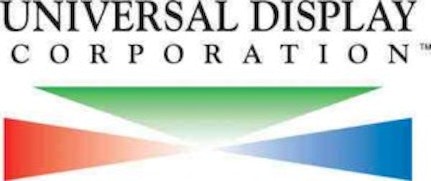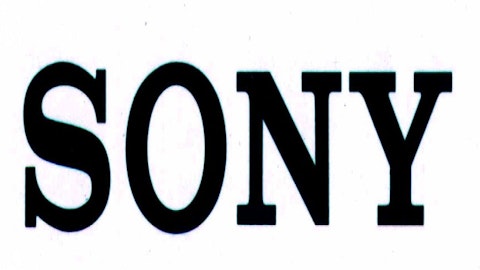Shares of OLED technology expert Universal Display Corporation (NASDAQ:PANL) are plunging today, down 13.4% as of this writing — no, make that 13.8%. The downward trajectory is pretty clear.

What did the company do to deserve a beating in the middle of Wall Street? Last night’s first-quarter report didn’t exactly impress.
In raw numbers, this quarter was just fine. Analysts were expecting a net loss of $0.10 per share on roughly $14.4 million in sales. Reported earnings matched that $0.10 target exactly, and sales came in a tad higher at $15.0 million.
But it wasn’t a “beat and raise” victory lap. Instead, management simply underscored revenue existing guidance for the just-started fiscal year, ranging from $110 million to $125 million.
That’s disappointing due to the simple fact the largest customer Samsung has a hit on its hands with the Galaxy S4 smartphone. The Korean company can hardly make enough components to satisfy global orders, and this OLED-equipped handset is expected to roughly double last year’s Galaxy S3 sales.
So, many investors expected Universal Display Corporation (NASDAQ:PANL)’s numbers to jump, as the Galaxy S4’s success was baked into forecasts. And it didn’t happen.
Perhaps this kinda-sorta miss also inspired investors to take a closer look at Universal’s fundamental trends. Sales are going through the roof, but profits and cash flows haven’t followed suit.
Universal Displays Mixed Messages | Infographics. TTM = trailing 12 months.
As a Universal Display Corporation (NASDAQ:PANL) shareholder myself, this is how I’m reading Universal’s mixed messages today.
OLED technologies are still in a very early stage of development. Samsung’s Galaxy line has sprinkled a few OLED screens across store shelves globally, but mostly in relatively high-end and expensive products with small screens.
Universal Display Corporation (NASDAQ:PANL) generally gets paid by the gram of OLED materials, so screen size matters a lot. The real moment of truth comes if and when big-screen OLED TV sets hit the mainstream. Sony Corporation (ADR) (NYSE:SNE) introduced a small OLED TV model in 2007; Samsung and LG Display Co Ltd. (ADR) (NYSE:LPL) will debut 55-inchers this year. But these are all very expensive, low-volume products. “Mainstream” means mass production and the virtuous cycle of economies of scale. And we’re not there yet.
To prepare for that hockey-stick moment, Universal Display Corporation (NASDAQ:PANL) boosted its research and development budget by 33% over the last year. Its phosphorous OLED pixel sales have generally been of the red variety so far, but green emitters contributed a significant slice of this quarter’s revenue. The company is also working up better blue and yellow materials, as well as various layers of the OLED screen’s materials stack.


